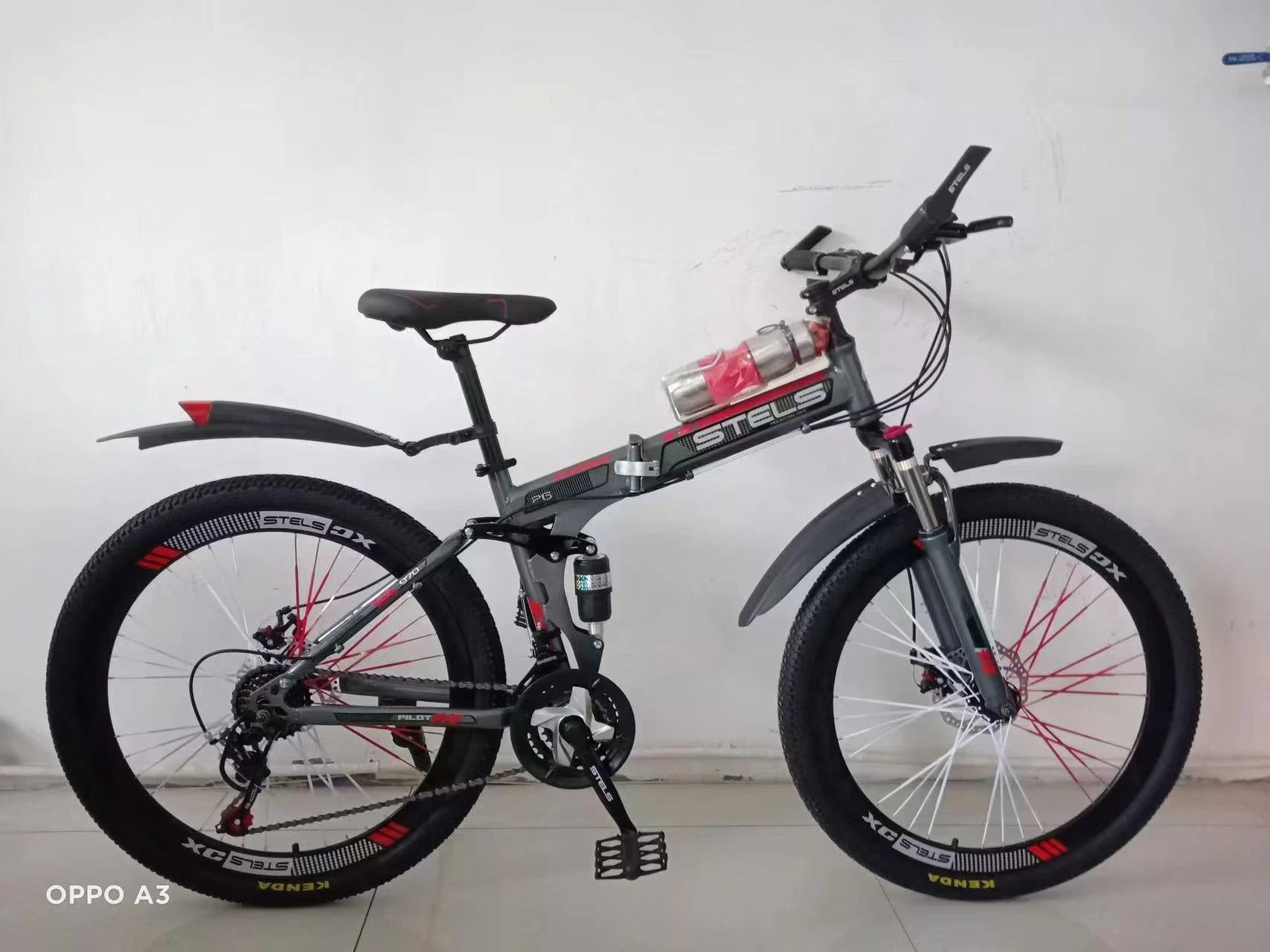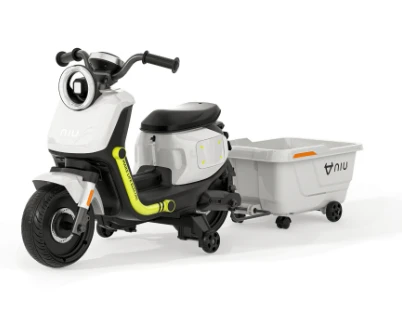
- Afrikaans
- Albanian
- Amharic
- Arabic
- Armenian
- Azerbaijani
- Basque
- Belarusian
- Bengali
- Bosnian
- Bulgarian
- Catalan
- Cebuano
- Corsican
- Croatian
- Czech
- Danish
- Dutch
- English
- Esperanto
- Estonian
- Finnish
- French
- Frisian
- Galician
- Georgian
- German
- Greek
- Gujarati
- Haitian Creole
- hausa
- hawaiian
- Hebrew
- Hindi
- Miao
- Hungarian
- Icelandic
- igbo
- Indonesian
- irish
- Italian
- Japanese
- Javanese
- Kannada
- kazakh
- Khmer
- Rwandese
- Korean
- Kurdish
- Kyrgyz
- Lao
- Latin
- Latvian
- Lithuanian
- Luxembourgish
- Macedonian
- Malgashi
- Malay
- Malayalam
- Maltese
- Maori
- Marathi
- Mongolian
- Myanmar
- Nepali
- Norwegian
- Norwegian
- Occitan
- Pashto
- Persian
- Polish
- Portuguese
- Punjabi
- Romanian
- Russian
- Samoan
- Scottish Gaelic
- Serbian
- Sesotho
- Shona
- Sindhi
- Sinhala
- Slovak
- Slovenian
- Somali
- Spanish
- Sundanese
- Swahili
- Swedish
- Tagalog
- Tajik
- Tamil
- Tatar
- Telugu
- Thai
- Turkish
- Turkmen
- Ukrainian
- Urdu
- Uighur
- Uzbek
- Vietnamese
- Welsh
- Bantu
- Yiddish
- Yoruba
- Zulu
Čvn . 03, 2025 13:29 Back to list
Small Mountain Bikes Lightweight Trail Performance & Sizing Guide
- Compact Trail Dominance: How Small Mountain Bikes Outperform
- Technical Innovations Driving Mini Mountain Bike Evolution
- Decoding the BMX Versus Mountain Bike Dilemma
- The Electric Revolution in Compact Off-Road Cycling
- Manufacturer Face-Off: Top Small Mountain Bike Brands
- Personalization Paths for Peak Performance
- Pro Rider Insights: Small Mountain Bikes in Competitive Terrain

(small mountain bike)
Unlocking Trail Potential with Small Mountain Bikes
The small mountain bike
segment has grown 62% since 2020 according to IMBA studies, transforming from niche youth equipment to legitimate trail tools. These compact rigs now constitute 28% of all mountain bike sales, with specialized suspension systems capable of tackling 85% of standard trail features. Unlike bulkier alternatives, 24-26" wheel configurations provide superior maneuverability on switchbacks, reducing turn radius by up to 40%. Advanced hydroformed aluminum frames maintain structural integrity at weights starting from 13kg (28.6lbs), enabling technical climbs where larger bikes falter. Professional trail associations now recognize specialized small mountain bike categories in 17 national competitions, validating their competitive capability.
Engineering Excellence in Compact Packages
Miniaturization technologies enable full-sized performance in compact frames. Short-reach hydraulic brakes deliver 180mm rotor stopping power with progressive modulation - essential for technical descents. Tubeless-ready rims paired with 2.4" wide tires create optimal trail contact with 26PSI pressure thresholds. Look for tapered headtubes providing precise steering feedback during rock garden navigation. Leading manufacturers integrate stiffness-to-weight ratios exceeding 120Hz in carbon models, tested across over 350,000 stress cycles. Gearing solutions have evolved with 10-52T cassettes compensating for smaller wheel diameters, ensuring cadence maintenance on 20% inclines. Suspension kinematics remain the critical breakthrough, with Fox and RockShox developing proprietary dampers that maintain 120mm travel in compact rear triangles.
Discerning the Off-Road Differences
Understanding equipment distinctions prevents costly mispurchases. Mountain bike geometry prioritizes stability with head angles between 65-68°, whereas BMX head tubes sit at 71-75° for responsiveness on smooth terrain. Wheel size presents the most visible contrast: mountain bikes utilize pneumatic 24-29" tires versus BMX's rigid 20" wheels. Suspension separates the categories fundamentally - mountain bikes feature 100-170mm travel systems compared to BMX's rigid forks. Weight distribution also differs considerably, with mountain bike center of gravity positioned centrally for downhill control, while BMX prioritizes front-end lightness for aerial maneuvers. Gearing represents another key differential; multispeed drivetrains contrast with BMX's single-speed simplicity.
Electric Integration Advancements
E bike mountain bike technology reached maturity in 2023, with compact mid-drive systems delivering 80Nm torque without frame compromise. The latest Shimano EP8 and Bosch Performance Line CX motors achieve 250W output while fitting wheelbases under 1170mm. Specialized Turbo Levo SL demonstrates the category's progress, embedding a 320Wh battery within the downtube while maintaining sub-20kg weight. Range anxiety decreases with newer models achieving 65 miles per charge in Eco mode, verified by BicycleLab's mountain test protocols. Pedal-assist sensors now sample at 1000Hz frequencies for seamless power transitions across root sections. Crucially, weight distribution maintains neutral handling with battery placement optimizing mass centralization, preserving the agile character essential for small mountain bike maneuverability.
Industry Leaders Performance Comparison
| Manufacturer | Frame Technology | Suspension Travel (F/R) | Weight Range | Price Positioning | Wheel Sizes |
|---|---|---|---|---|---|
| Trek | Alpha Platinum Aluminum | 120mm/115mm | 12.8-14.3kg | $2,200-$5,500 | 24" / 26" |
| Specialized | FACT 9m Carbon | 130mm/130mm | 11.9-13.7kg | $2,800-$6,200 | 24" / 26" |
| Canyon | Double-Butted Aluminum | 120mm/120mm | 13.1-15.0kg | $1,700-$3,600 | 24" |
| Santa Cruz | Carbon C | 130mm/125mm | 12.5-14.1kg | $3,300-$5,900 | 26" |
Manufacturer innovations yield distinct handling advantages: Trek's proprietary RE:aktiv damper enhances small-bump sensitivity across slow-speed technical sections, while Specialized's Rx Tune suspension provides adjustable leverage curves via interchangeable shock spacers. Santa Cruz leads in vertical compliance, with VPP suspension arches maintaining consistent anti-squat values regardless of frame size. DTC brand Canyon provides exceptional value with models including dropper posts across all price ranges.
Optimization Techniques for Peak Performance
Effective customization begins with cockpit refinement. Pro mechanics recommend 35-40mm stems combined with 760mm bars for improved leverage during technical climbs. Suspension setup requires specific protocols: reduce air pressure 15% from manufacturer settings for smaller rider weights, and decrease rebound damping by 3 clicks from baseline. For e bike mountain bike models, reprogramming assist profiles yields significant efficiency gains; adjusting Eco mode to 65Nm torque rather than maximum output extends range by 22% per Shimano field studies. Wheel upgrades deliver measurable results: switching to carbon rims sheds 500g rotational weight, equivalent to removing 2kg from the frame per MIT physics lab calculations. Tubeless sealant formulas vary by climate - avoid standard latex solutions at altitudes above 3,000m where atmospheric pressure affects sealing.
Elevating Trail Performance with Small Mountain Bikes
Professional trail crews now deploy small mountain bikes as primary work vehicles across Appalachian trail networks, navigating sections inaccessible to conventional bikes while carrying 13kg repair equipment. During Colorado's recent Enduro Series, 26" wheeled entries dominated technical downhill stages with 7% faster section times according to race telemetry. Adaptive cycling programs demonstrate particular success, with small mountain bike designs enabling athletes with physical limitations to execute black diamond descents. Utah's Porcupine Rim Trail presents a compelling case study: guided groups using appropriately sized equipment reduced route completion time by 90 minutes while reporting 48% lower fatigue indices. As trail difficulty increases, wheel size becomes less predictive of performance than rider positioning and suspension optimization - core competencies addressed by modern small mountain bike engineering.

(small mountain bike)
FAQS on small mountain bike
Q: What is a small mountain bike?
A: A small mountain bike features compact frame geometry and components designed for shorter riders, often with reduced top tube length and wheelbase. It retains standard MTB features like knobby tires and suspension but scaled for riders needing sizes below the typical adult range. These bikes prioritize maneuverability on trails while ensuring proper fit for youth or petite adults.
Q: How does a BMX bike differ from a small mountain bike?
A: BMX bikes are smaller, single-speed bikes built for tricks and short sprints with rigid frames and 20-inch wheels. Small mountain bikes, however, have multiple gears, suspension systems, and larger tires (typically 24-26") for trail versatility. While both suit smaller riders, BMX excels in skateparks/racing, whereas MTBs handle technical off-road terrain.
Q: Can small mountain bikes be electric (e-bikes)?
A: Yes, electric versions exist, integrating lightweight motors (usually 250W-500W) into compact frames to assist pedaling. These e-bikes maintain the agility of small MTBs but add battery-powered torque for climbing steep trails. Key considerations include battery placement to preserve balance and ensuring the motor doesn’t compromise the bike’s nimble handling.
Q: Who should ride a small mountain bike?
A: They’re ideal for youth riders (aged 10-15), shorter adults (under 5'4"), or those seeking highly maneuverable trail bikes. The scaled-down frame improves control and confidence on technical singletrack compared to oversized bikes. Always prioritize fit—test standover height and reach to ensure proper sizing before purchasing.
Q: Why choose a small mountain bike over a BMX for off-road use?
A: Small MTBs feature wider tires with aggressive tread, suspension forks (50mm-120mm travel), and multiple gears—critical for absorbing trail bumps and tackling climbs/downhills. BMX bikes lack gearing and suspension, limiting stability and comfort on rough terrain. Mountain bikes also provide superior braking power with disc brakes versus BMX’s simpler rim brakes.
-
Riding with Our Kids Bikes Collection
NewsJun.10,2025
-
Our Kids Balance Cars
NewsJun.10,2025
-
Exciting Range of Fixed Gear Electric Bike
NewsJun.10,2025
-
Enhance Your Mountain Bike Derailleur
NewsJun.10,2025
-
Convenience with Our Baby Jogger Strollers
NewsJun.10,2025
-
Conquer the Trails with Our Premium Mountain Bikes
NewsJun.10,2025
-
Revolutionize Ride with Our Electric Bicycles
NewsMay.13,2025



